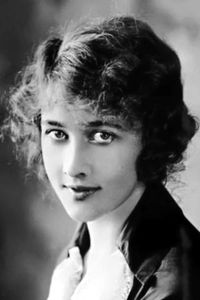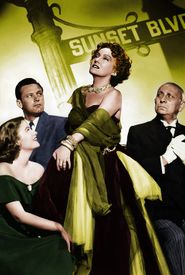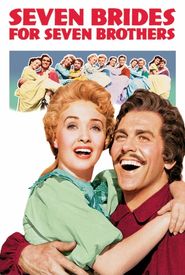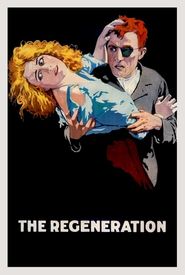Anna Quirentia Nilsson, professionally known as Anna Q, was born on March 30, 1888, in Ystad, Sweden. She immigrated to the United States in 1905 and utilized her striking blonde beauty to become a renowned model for prominent fashion photographers and fine artists.
In 1907, Nilsson was selected as the most beautiful girl in the US, and in 1911, she made her film debut in Molly Pitcher. She quickly rose to fame, becoming a silent film superstar in the early 20th century. In 1914, she was chosen as the most beautiful actress in the world, and Photoplay magazine dubbed her "the ideal American girl" in 1919.
Nilsson appeared in films produced by the top studios in Hollywood, including Goldwyn, Famous Players (Paramount),Metro, and First National. Her movie career continued to thrive throughout the 1920s, a decade marked by the flapper culture and bathtub gin, also known as the Jazz Age. In 1926, she was named the most popular actress, but her success was short-lived.
In 1928, Nilsson suffered a severe setback when she was thrown off a horse and fractured her thigh. Despite her fans' support, which included over 30,000 letters per month, she attempted to rush her convalescence, which ultimately made her condition worse. Doctors were forced to shorten her leg.
Nilsson returned to the screen in 1931, but her stardom had unfortunately waned. She appeared in approximately 40 more films until her retirement in 1954. One of her most notable roles during this period was as a bridge player in the classic film Sunset Boulevard (1950),alongside her former co-star, silent film legend H.B. Warner.
Four years later, Nilsson appeared in a small part in her final film, the classic musical Seven Brides for Seven Brothers (1954). Anna Q. Nilsson passed away on February 11, 1974, just six weeks shy of her 85th birthday.






















































